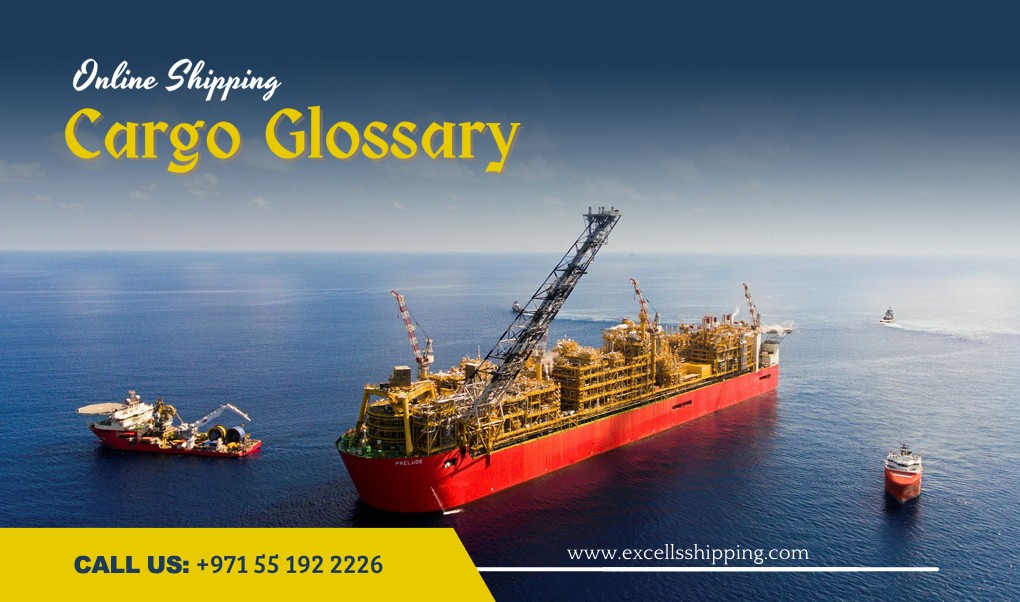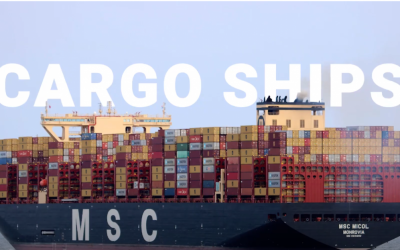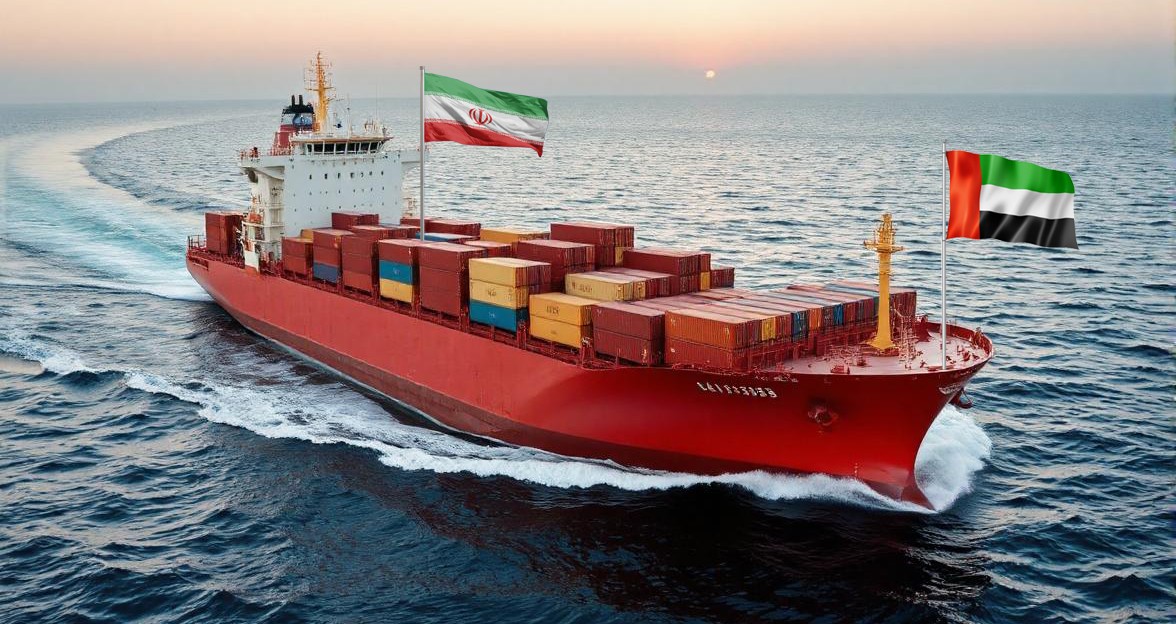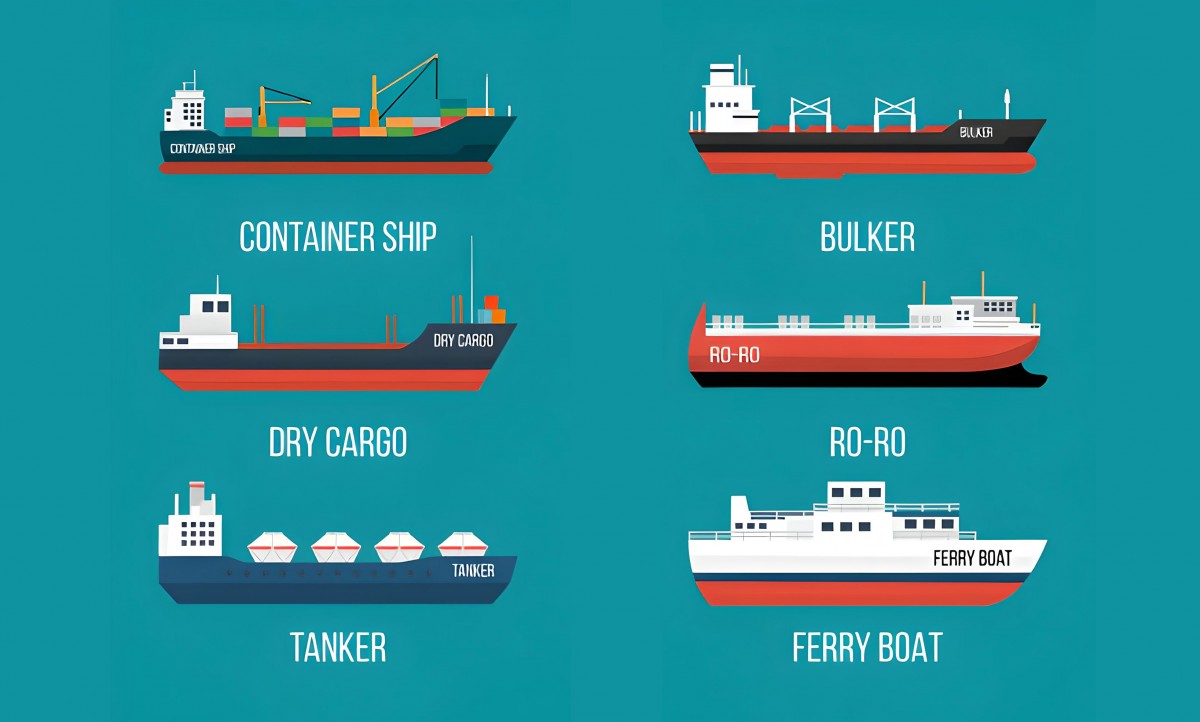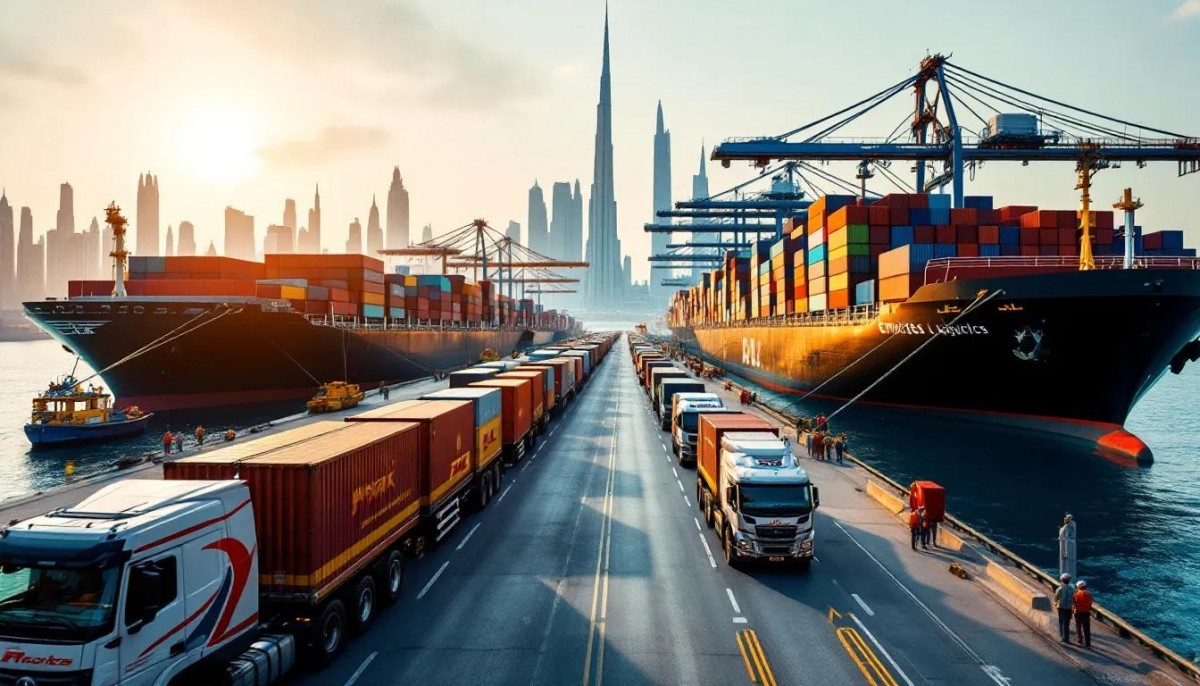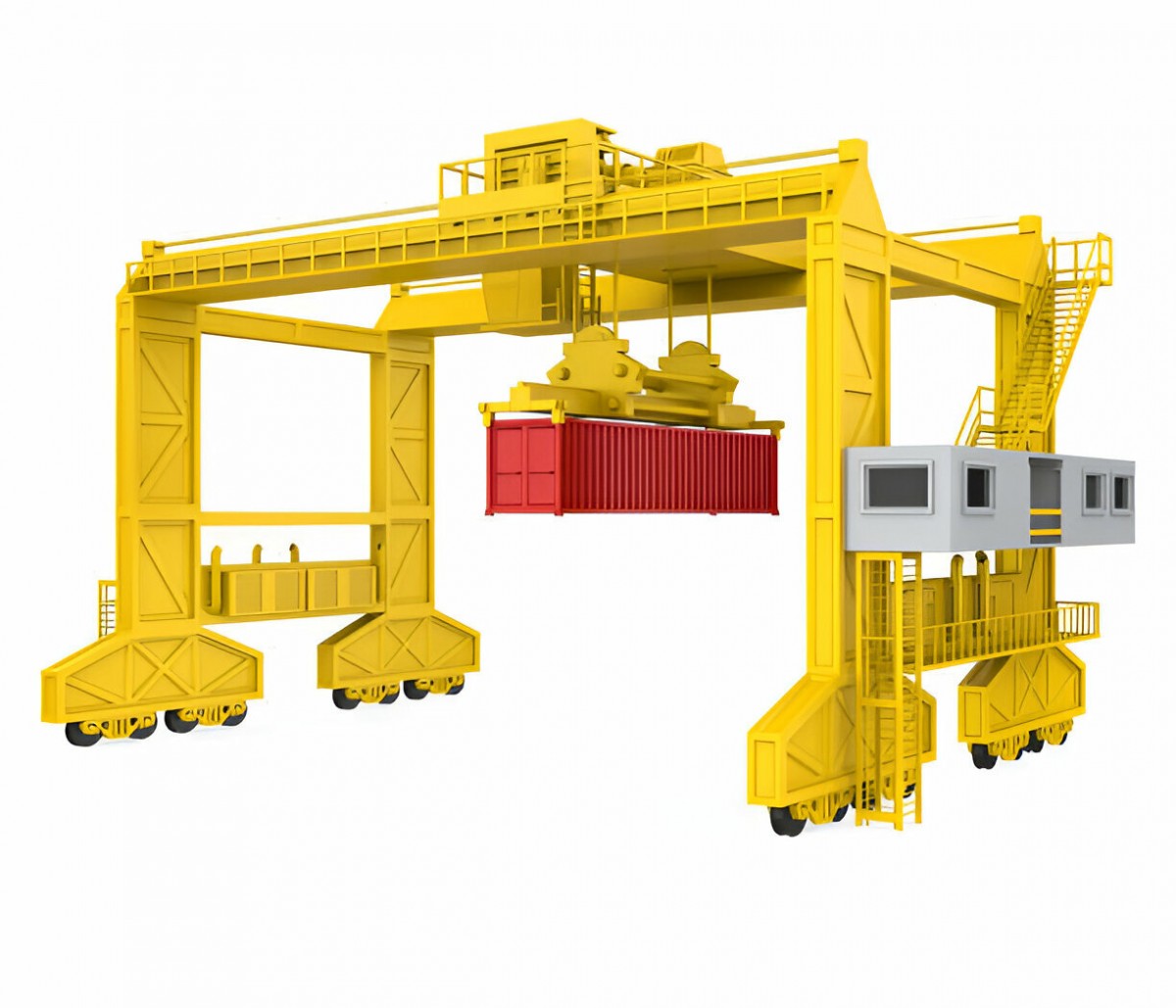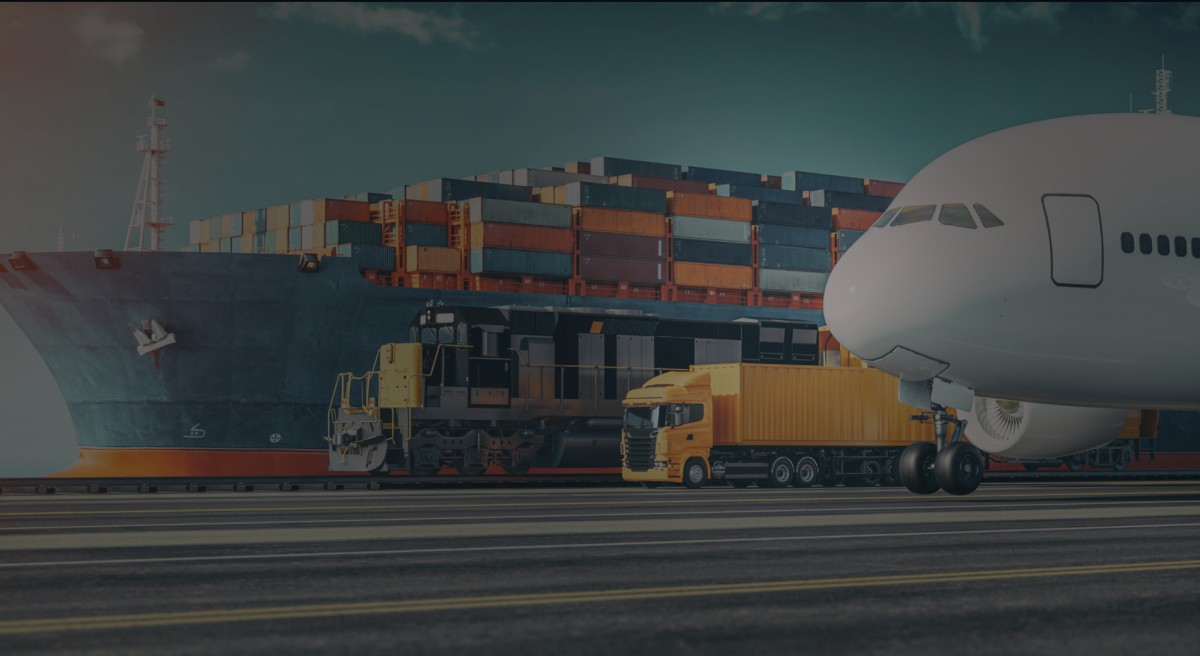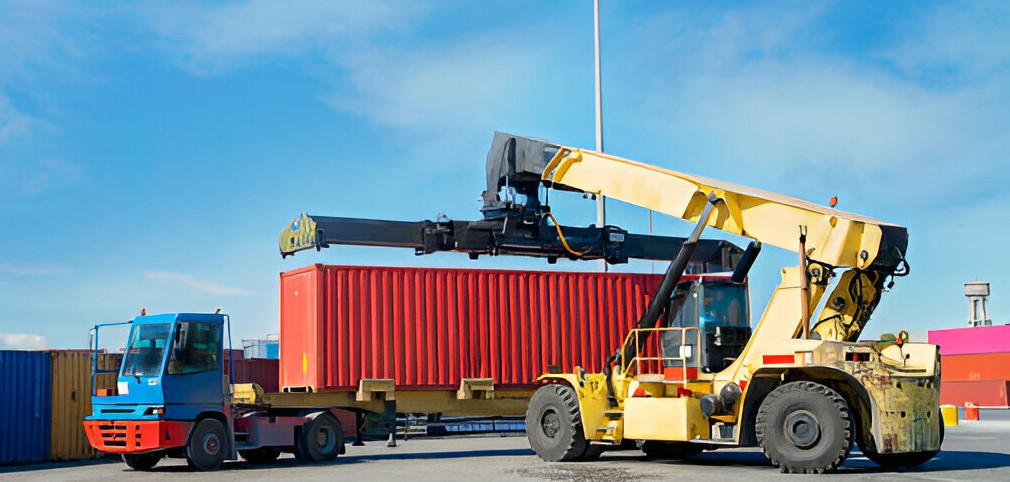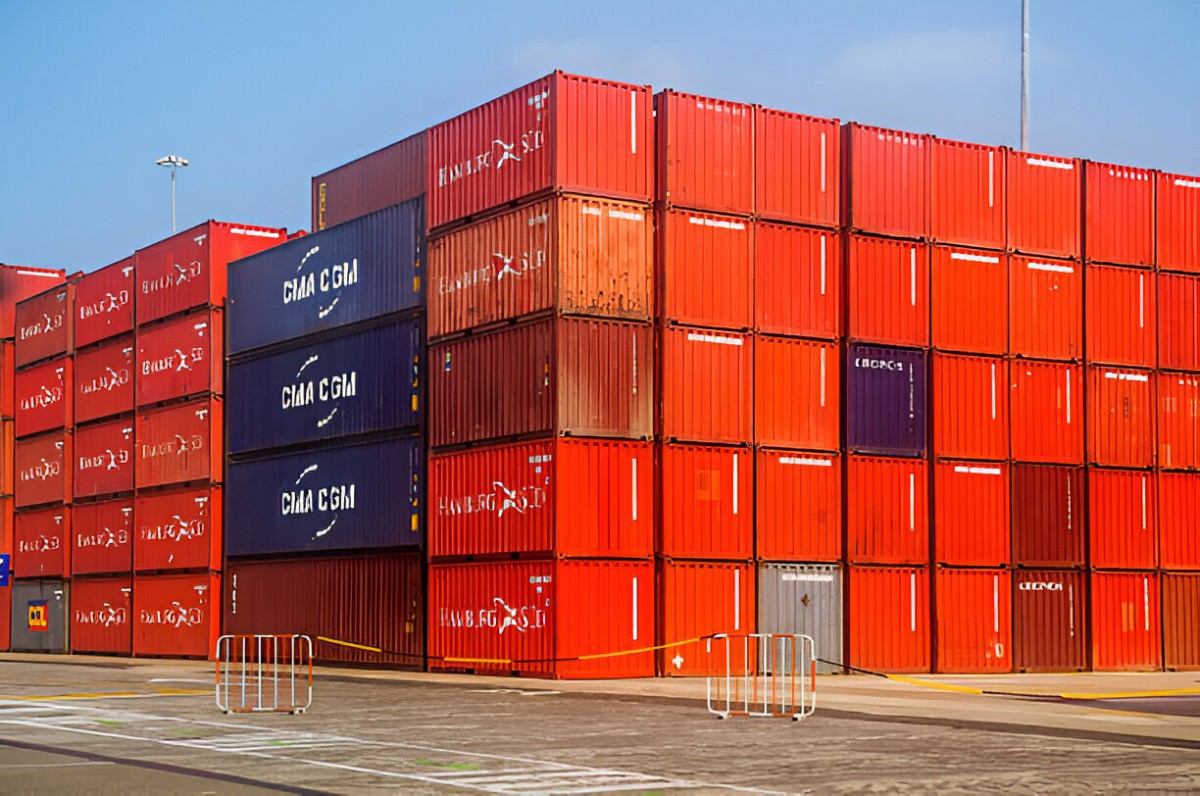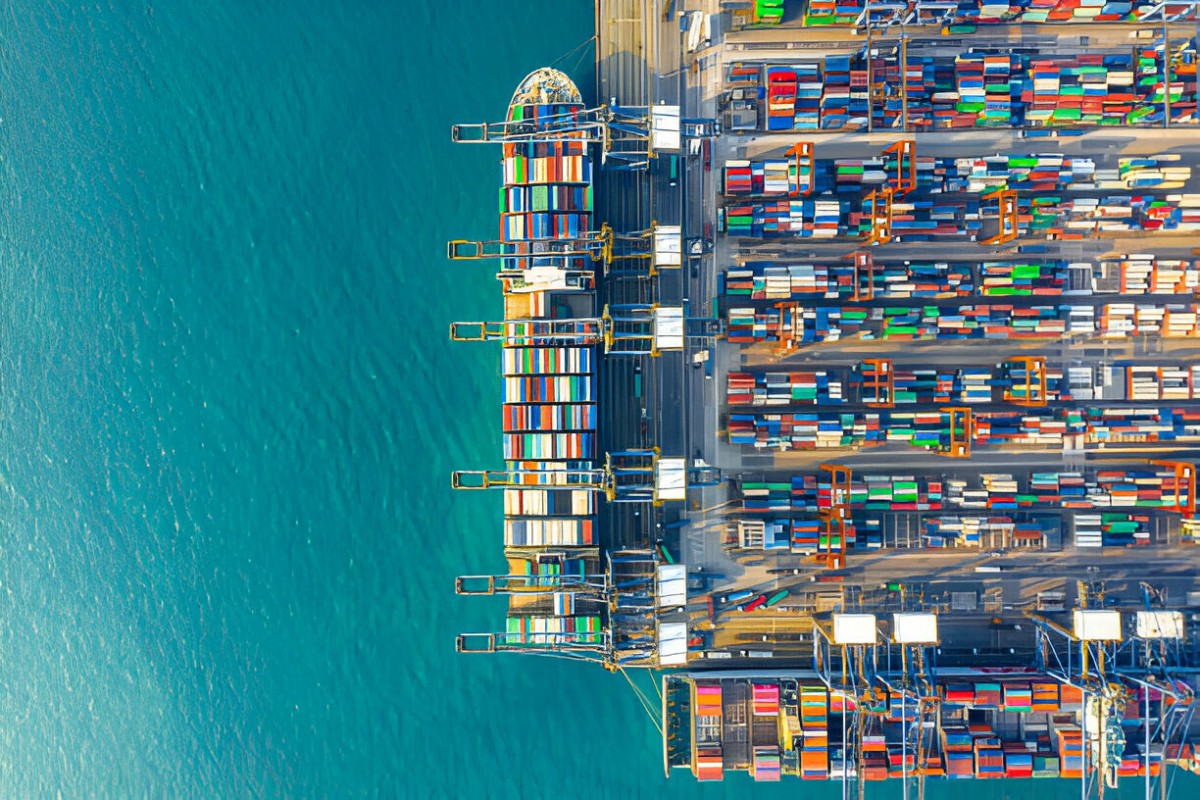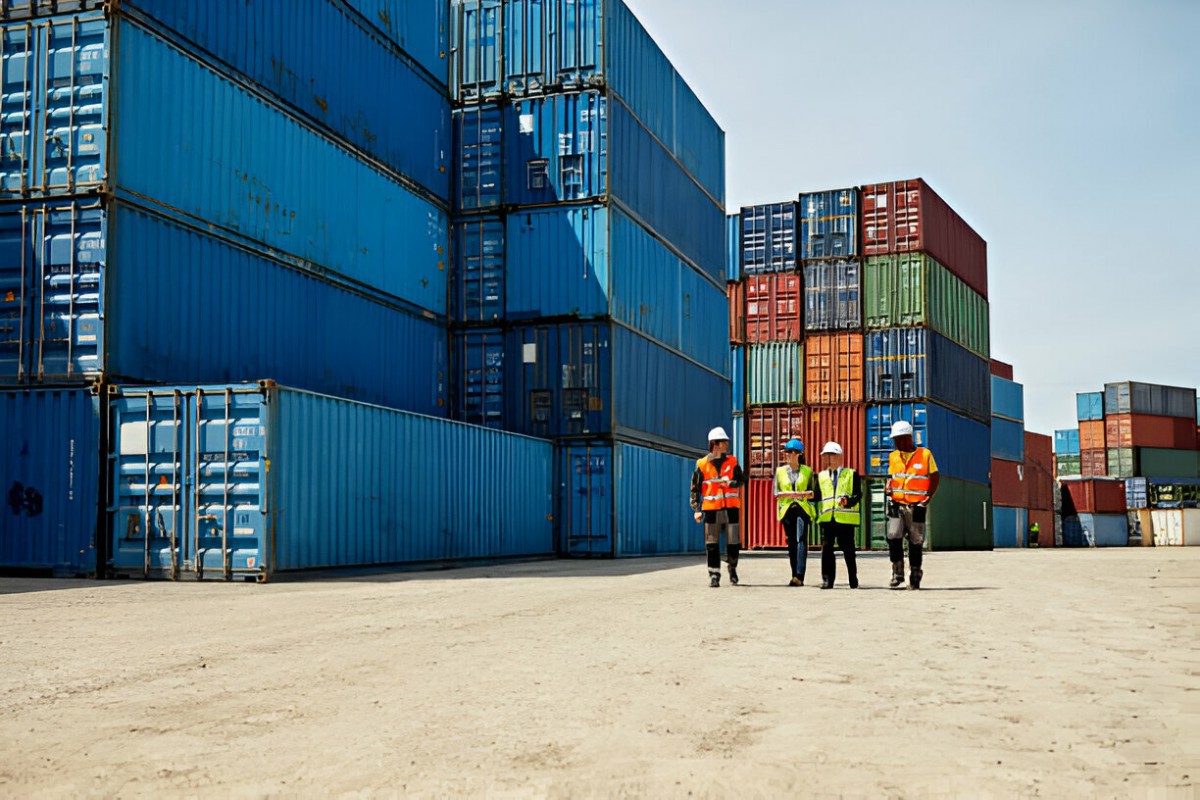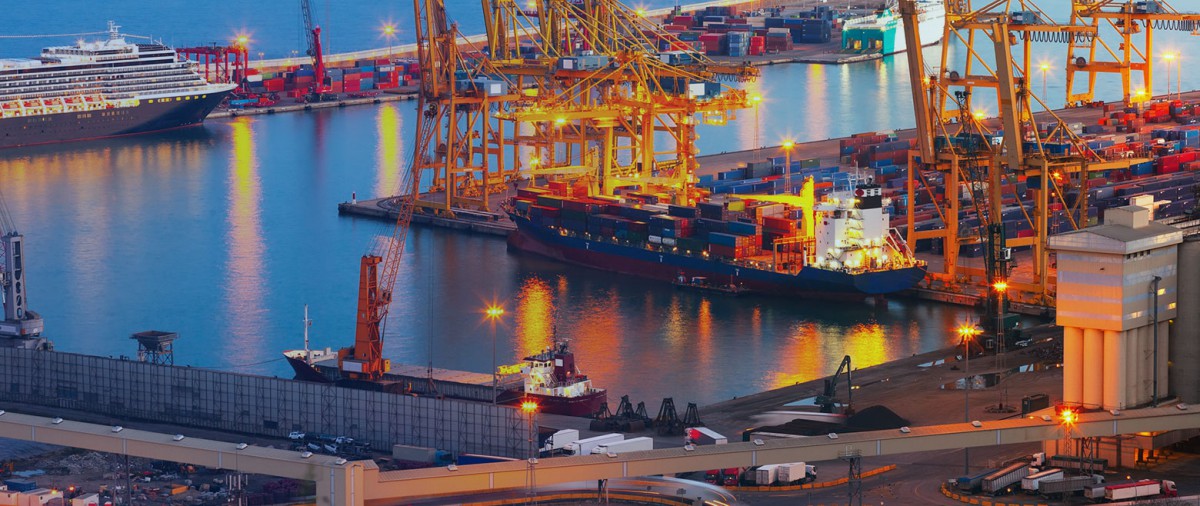Understanding the specialized language of cargo, freight forwarding, and logistics is crucial for navigating the industry efficiently. This guide breaks down 120 must-know terms—from Incoterms to warehousing—equipping you with the vocabulary to streamline operations.
Essential Terms for Cargo, Freight Forwarding, Logistics
- Airway Bill (AWB): A document that serves as a receipt for goods shipped by air and a contract between the shipper and the carrier.
- Bill of Lading (BOL): A legal document issued by a carrier to acknowledge receipt of cargo for shipment; acts as a title of ownership.
- Bonded Warehouse: A secured facility where goods can be stored without paying duties until they are imported or exported.
- Breakbulk Cargo: Cargo that is shipped in large, individual units, rather than in containers, like machinery or vehicles.
- Carrier: A company or individual that transports goods for others, responsible for the safe delivery of cargo.
- Consignee: The individual or business that receives a shipment and is typically listed on the bill of lading.
- Container Freight Station (CFS): A facility where cargo is packed into or unpacked from containers for import/export.
- Customs Broker: A licensed individual or firm that helps importers and exporters clear goods through customs, handling documentation and duties.
- Dangerous Goods (DG): Materials that are hazardous and require special handling and documentation for transportation.
- Demurrage: Charges incurred when cargo is not loaded or unloaded from a vessel within the allowed timeframe.
- Detention: Fees charged for holding a shipping container beyond the free time period allocated by the carrier.
- Door-to-Door: A service that transports goods directly from the sender's location to the recipient's address.
- Drayage: The transportation of goods over a short distance, often involving moving containers from ports to warehouses.
- Export Declaration: A document required for exporting goods, detailing the nature, value, and destination of the shipment.
- Free on Board (FOB): An Incoterm indicating that the seller delivers goods to a shipping vessel, with responsibility shifting to the buyer afterward.
- Freight Forwarder: An agent or company that arranges the transportation of goods on behalf of shippers.
- Gross Weight: The total weight of a shipment, including the product and its packaging.
- Hazmat: Hazardous materials that pose a risk to health, safety, or property and require special transport handling.
- Incoterms: International commercial terms that define the responsibilities of buyers and sellers in international trade.
- Just-In-Time (JIT): An inventory strategy that minimizes storage costs by coordinating shipments closely with production schedules.
- Laden on Board: A term indicating that goods have been loaded onto a transport vessel.
- LCL (Less-than-Container Load): A shipment that does not occupy a full container, sharing space with other shipments.
- Letter of Credit (LC): A financial instrument from a bank guaranteeing payment to a seller upon fulfillment of specified conditions.
- Logistics Service Provider (LSP): A company that offers a variety of logistics services, including transportation and warehousing.
- Packing List: A document detailing the contents, quantity, and description of items in a shipment.
- Palletization: The process of stacking goods on pallets for easier handling and storage.
- Port of Entry: A location where goods and individuals enter a country, subject to customs inspections.
- Prepaid Freight: Shipping charges that are paid in advance before the goods reach their destination.
- Proforma Invoice: An estimate provided by a seller in advance of shipment, detailing expected costs.
- Roll-on/Roll-off (RoRo): A type of vessel designed for transporting wheeled cargo that can roll on and off.
- Shipper: The person or entity that sends goods to a consignee.
- Shipment Tracking: A system used to monitor the location and status of shipments throughout the delivery process.
- Supply Chain Management (SCM): The management of all activities involved in sourcing, procurement, and logistics management.
- Tare Weight: The weight of a shipping container when empty.
- Terminal Handling Charges (THC): Fees for loading and unloading cargo at a port or terminal.
- Third-Party Logistics (3PL): A provider that manages logistics operations on behalf of clients, including transportation and warehousing.
- Transloading: The process of transferring cargo from one mode of transportation to another during transit.
- Vessel Manifest: A comprehensive list of all cargo on board a vessel, detailing the contents and relevant shipment information.
- Warehouse Receipt: A document that acknowledges the storage of goods in a warehouse.
- Wharfage: A fee charged for the use of a port's wharf for docking and handling cargo.
- Export License: A government document permitting the export of specific goods to certain countries.
- Import Duty: A tax imposed by a government on goods brought into the country.
- NVOCC (Non-Vessel Operating Common Carrier): A company that provides ocean freight services without owning vessels.
- Flat Rack: A type of shipping container without sides or a roof, used for large or heavy cargo.
- Intermodal Transportation: The use of multiple modes of transport (e.g., truck, rail, ship) to move cargo.
- Last Mile Delivery: The final step of the delivery process, where goods are transported from a distribution center to the final customer.
- Load Factor: A measure of how efficiently a carrier is utilizing its capacity, expressed as a percentage.
- Manifest: A detailed list of cargo, passengers, and other pertinent information related to a shipment.
- Multimodal Transport: A transportation method that uses more than one mode of transport under a single contract.
- Net Weight: The weight of the product without packaging or containers.
- Ocean Freight: The transportation of goods by sea.
- Order Fulfillment: The complete process from the point of sales inquiry to the delivery of a product to the customer.
- Pallet Jack: A tool used to lift and move pallets within a warehouse.
- Quarantine Inspection: The examination of goods to ensure they are free from pests or diseases before entering a country.
- Return on Investment (ROI): A performance measure used to evaluate the efficiency of an investment.
- Seal: A device used to secure shipping containers, ensuring they remain tamper-proof during transport.
- Short Sea Shipping: The movement of cargo by sea over relatively short distances.
- Supplier: An individual or business that provides goods or services to another entity.
- Tariff: A schedule of duties or taxes imposed by a government on imported or exported goods.
- Temperature-Controlled Transport: Vehicles or containers designed to maintain specific temperature ranges for sensitive cargo.
- Transshipment: The transfer of cargo from one vessel to another during transit.
- Value Added Services (VAS): Additional services provided to enhance the value of a product, such as packaging or assembly.
- Warehouse Management System (WMS): Software that manages warehouse operations, including inventory tracking and order fulfillment.
- Zoning: The practice of designating specific areas for particular activities, such as loading/unloading at ports.
- Freight Claim: A request made to a carrier for compensation due to loss or damage of goods during transit.
- Cross-Docking: The practice of unloading goods from incoming vehicles and loading them directly onto outbound vehicles with little to no storage time.
- Consolidation: The process of combining multiple shipments into one to reduce shipping costs.
- Drop Shipping: A retail fulfillment method where a store doesn't keep the products it sells in stock; instead, the item is shipped directly from the supplier.
- Fleet Management: The management of a company's transportation fleet, including maintenance, tracking, and logistics.
- Freight Audit: The process of reviewing freight bills to ensure charges are accurate and reasonable.
- Interstate Commerce: The transaction of trade and transportation of goods between states.
- Just-in-Case (JIC): An inventory strategy that involves keeping extra stock on hand to prevent shortages.
- Lean Logistics: An approach aimed at improving efficiency by reducing waste in the supply chain.
- Origin: The location where goods are produced or shipped from.
- Routing: The process of determining the most efficient path for transporting goods.
- Shipper's Letter of Instruction (SLI): A document providing shipping instructions from the shipper to the freight forwarder.
- Sourcing: The process of finding suppliers for goods and services.
- Stock Keeping Unit (SKU): A unique identifier for each distinct product and service that can be purchased.
- Transport Management System (TMS): Software that helps businesses plan, execute, and optimize the movement of goods.
- Warehouse Optimization: Strategies implemented to improve efficiency and productivity in warehouse operations.
- Bulk Cargo: Goods transported in large quantities without packaging, such as grains or liquids.
- Expedited Shipping: A shipping method that prioritizes faster delivery times.
- Containerization: The use of standardized containers to facilitate efficient and secure transport of goods.
- LTL (Less-Than-Truckload): A shipping method for freight that doesn't require a full truckload; multiple shipments are combined in one truck.
- Manifest: A detailed list of cargo on board a vehicle or vessel, providing essential information for customs and logistics.
- Last In, First Out (LIFO): An inventory management method where the most recently produced or acquired items are sold first.
- First In, First Out (FIFO): An inventory management method where the oldest stock is sold first, helping to minimize spoilage.
- Return Merchandise Authorization (RMA): A process that allows customers to return goods for refund, replacement, or repair.
- Inventory Turnover: A measure of how often inventory is sold and replaced over a period.
- Outbound Logistics: The process of transporting finished goods from a company to its customers.
- Inbound Logistics: The process of transporting raw materials to a company from suppliers.
- Hub and Spoke: A distribution model where a central hub connects to various spokes (outlying destinations), optimizing transport routes.
- CFS Charges: Fees associated with operations at a Container Freight Station, including loading, unloading, and storage.
- Barge: A flat-bottomed boat used for transporting goods on rivers and canals, often used in inland shipping.
- Transloading Facility: A location where goods are transferred from one mode of transport to another, typically for efficiency.
- Shipowner: The individual or company that owns the vessel used for transporting goods.
- Customs Declaration: A formal statement made to customs authorities declaring the details of goods being imported or exported.
- Over-Dimensional Cargo (ODC): Cargo that exceeds standard dimensions or weight limits for shipping and requires special handling.
- Commodity: A basic good used in commerce that is interchangeable with other goods of the same type, such as oil or wheat.
- Logistics Network: A system of interconnected logistics facilities and transportation modes designed for efficient flow of goods.
- Freight Transport: The process of transporting goods in bulk via various means, such as truck, rail, ship, or air.
- Consolidated Shipment: A shipment that combines multiple orders or items to optimize transportation costs.
- Ex Works (EXW): An Incoterm indicating that the seller makes the goods available at their premises, with the buyer assuming all transport responsibilities.
- Dangerous Goods Declaration: A document required for shipping hazardous materials, detailing the nature of the goods and safety precautions.
- Load Planning: The process of determining how to best load cargo into a shipping container or vehicle to maximize space and efficiency.
- Export Packaging: Specialized packaging designed to protect goods during international shipping.
- Freight Terminal: A facility where freight is received, transferred, and dispatched, serving as a hub for logistics operations.
- Cargo Insurance: Insurance coverage that protects the value of goods during transport against loss or damage.
- Green Logistics: Practices that aim to minimize the environmental impact of logistics activities, including reducing emissions and waste.
- Cargo Hold: The space within a ship or aircraft designated for storing cargo during transport.
- Load Factor: A measure of the efficiency of transport operations, calculated by dividing the actual load by the available capacity.
- Shipping Lane: A designated route used by vessels for maritime transport, often marked by navigational aids.
- Bill of Entry: A legal document required for clearing goods through customs, detailing the shipment's contents and value.
- Manifest Load: The total weight or volume of goods as declared in the manifest for transportation.
- Tariff Classification: A system for categorizing goods for customs duties and taxes based on their description and use.
- Cargo Tracker: A technology solution that allows shippers and receivers to monitor the location and status of shipments in real time.
- Unloading: The process of removing cargo from a transportation vehicle, vessel, or container.
- Perishable Goods: Items that have a limited shelf life and require special handling to maintain freshness during transport, like food and flowers.
- Supply Chain Visibility: The ability to track and monitor products throughout the entire supply chain, enhancing transparency and control.
- Operational Efficiency: The ability of a logistics operation to deliver services with minimum waste and maximum output.

